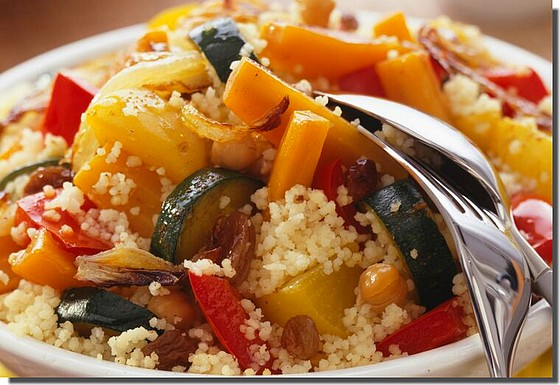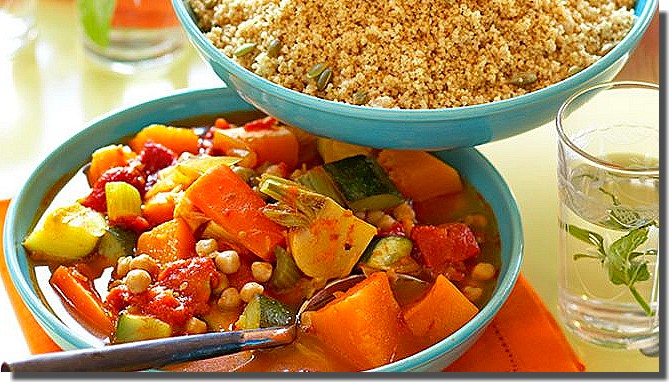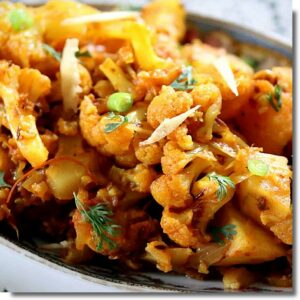Historians often attribute the origin of couscous to the Berber people (the indigenous ethnic group of North Africa). In fact, the world’s oldest couscoussier, dating back to the 11th century, was discovered in Kabylie (a Berber region of Algeria), where wheat was already being grown.
couscous is a very well-balanced dish.
“The semolina is rich in B vitamins, magnesium and phosphorus. It’s an important source of energy. Combined with fresh vegetables, dried fruit and legumes, which are excellent sources of protein for our bodies, couscous remains an excellent meal for our health. In short, it’s a complete meal!
What is couscous?
Couscous” refers to the spherical granules (or seeds) obtained by agglomerating durum wheat semolina and flour sprinkled with cold salted water, then pressed and rolled. Seeds can be fine, medium or large. Couscous is a member of the pasta family, and also belongs to the culinary family of “panades”.
Couscous is the national dish of several North African countries, including Tunisia, Libya, Algeria and Morocco. One researcher dates its origins to between 238 and 149 BC.
Although historians do not agree on the exact origin of this marvel, its oldest traces have been found in Kabylia. Archaeologists classify China and other East African countries as the origins of couscous.
In Sudan, for example, pilpil and millet or sorghum “coucous” were cooked in woven baskets under steam. This is the same way wheat or barley semolina is cooked today, in the colander of the couscoussier.

However, the “Algerian couscous” widely consumed in North Africa should not be confused with “Israeli couscous”.
Israeli couscous, on the other hand, is made up of small, round granules reminiscent of pasta. It is twice as big, and is toasted rather than dried, giving it a nutty flavor and a thick, chewy texture.



